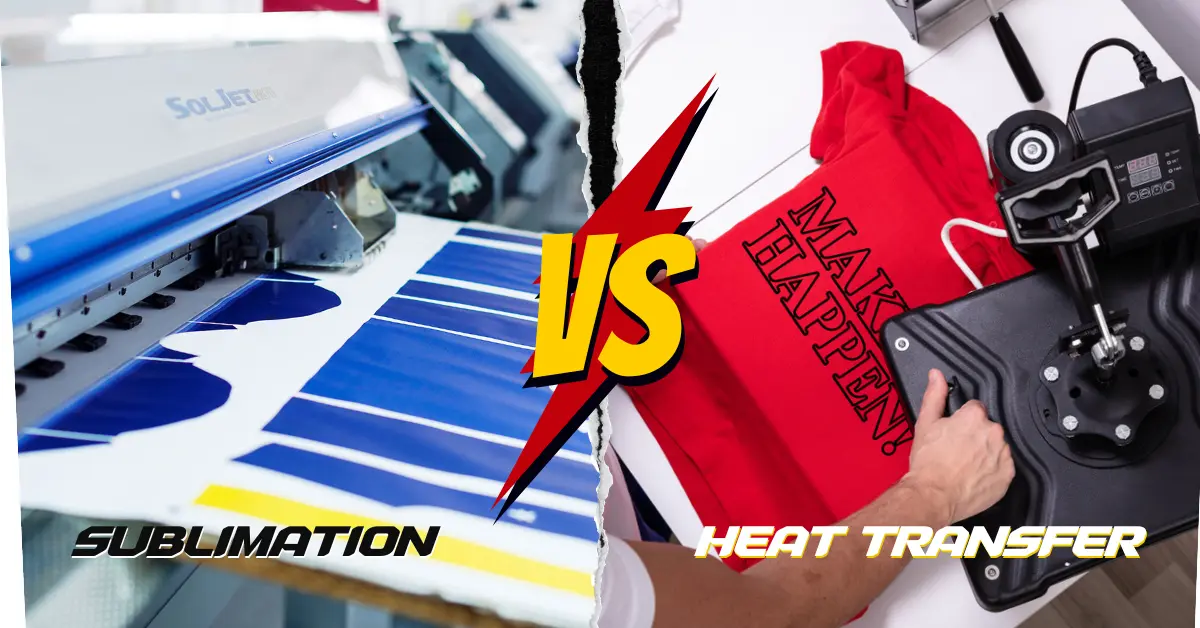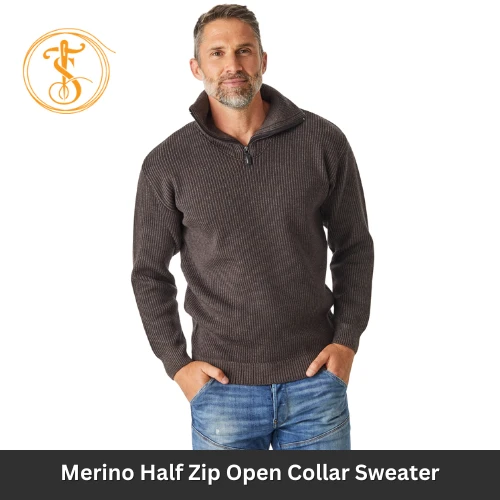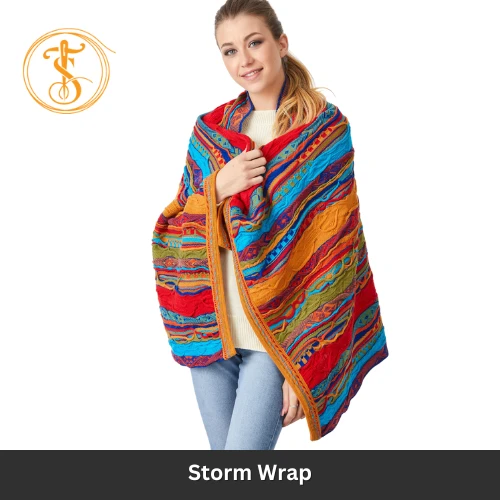Sublimation and heat Transfer both belong to the print business. More specifically, these two are printing methods that people look for to get garments in personalized versions. Even, the market of t-shirts becomes exciting upon their arrival in the market.
Having learned that, you might be asking which printing method is better, and in which area. To answer similar queries, we have brought you the ultimate difference checklist between sublimation and heat transfer in this article below.
Table Of Contents
What is Sublimation?
Sublimation, in other words, the sublimation printing process refers to the printing method that gets onto the sublimation paper. Then this paper goes through the process of being applied with heat. While heating sublimation ink, it turns into gas. This gas is from a solid state.

Then, the ink integrates itself into the fabric. After being cold, the gas turns into a solid. It soon becomes the material part for permanent. It is important to note that the sublimation printing method works only on polyester garments.
What is Heat Transfer?
Heat transfer paper printing refers to the process of printing where heat transfers paper. Regular inkjet, toner, inkjet ink, or laser printer, all these are materials for which the heat transfer printing method is applied. If the print process is complete, then the process of transferring print onto the garment is similar to the sublimation.

The only thing you need is to print the design in a reverse position. Print onto the heat transfer paper. Now, place the paper face down on the garment.
Difference between Sublimation and Heat Transfer
|
Area of Difference |
Sublimation |
Heat Transfer |
|
Feel and Durability |
Superior Feel, and an unmatched durability |
Easy to feel the layer on the top. With multiple washes, the layer gets cracked up. |
|
Preferable Fabric to Apply on |
Polyester material |
Polyester, Cotton, and poly-cotton fabrics |
|
Picking Full Colors |
Sublimation can pick full colors |
Heat Transfer may not always pick full-color |
|
Materials Suitable for Printing |
Mugs, Mousepads, and Phone Cases |
T-shirts, caps, awards, plaques. |
|
Suitable Designs |
Full-color print, all-over print, colorful patterns, graphics, complex patterns, and intricate designs. |
Graphics, Text, Photographs |
|
Production Time |
Takes less time |
Depends on the use of transfer method |
|
Popular for |
Durability, and Fading Resistance |
Depends on the fabric or material. It can be prone to fading. |
|
Cost |
Expensive compared to Heat Transfer |
Cheap and Cost-effective |
Conclusion
Printing methods differ based on color printing capabilities, printing durability, and others. These also refer to sublimation and heat transfer. If the user is planning to have prints on a variety of fabrics, heat transfer would be the better option as it allows. Other than that, the requirements and the outcomes depend on the project the user intends to perform.
















Comments - 00
Leave A Reply
Thanks for choosing to leave a comment.